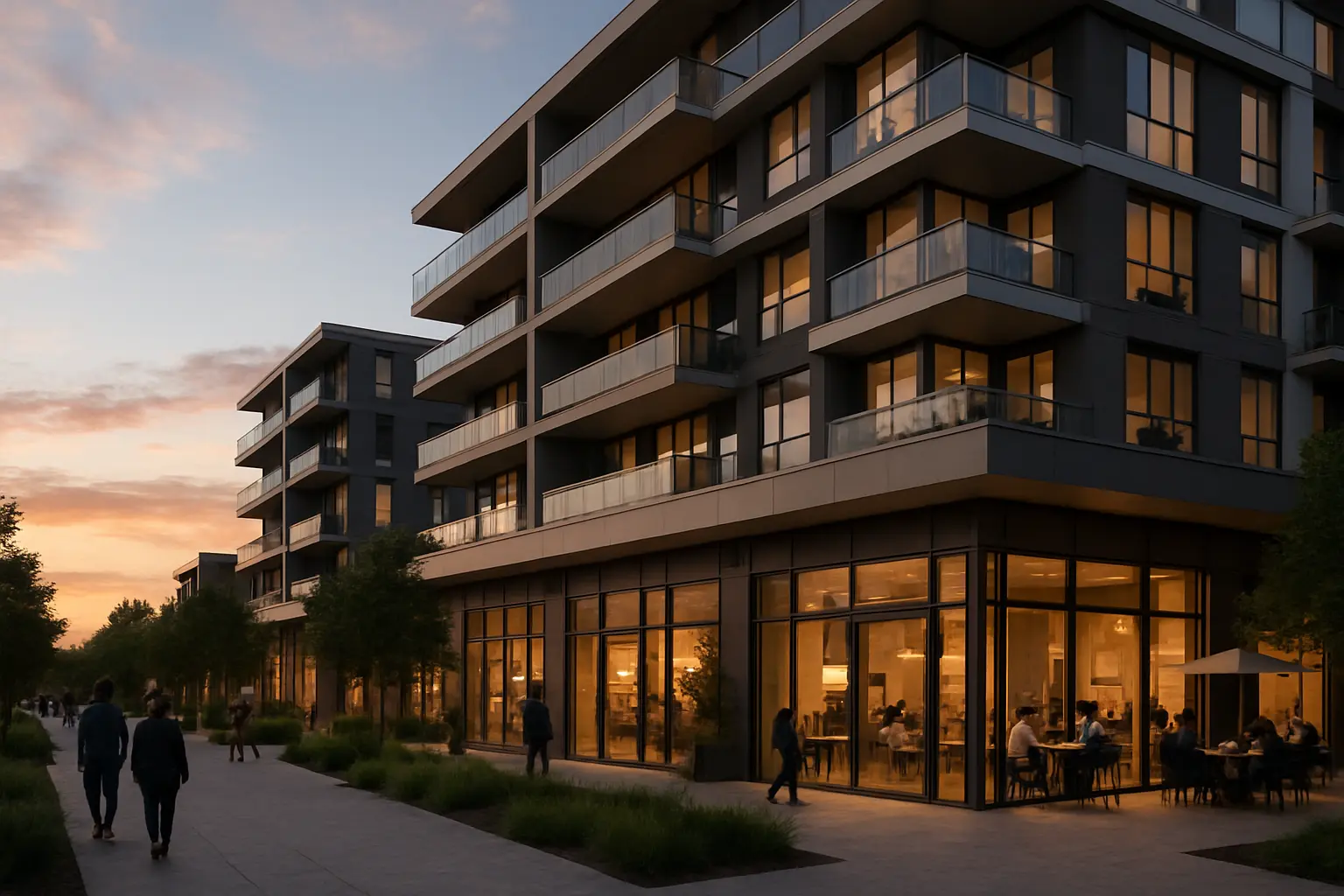Mixed-Use Properties: The Future of Smart Real Estate Investment
Discover how combining commercial and residential spaces can maximize your property's potential and generate multiple income streams.

Understanding the Growing Appeal of Mixed-Use Properties in Modern Urban Development
Mixed-use properties have emerged as a cornerstone of modern urban development, representing a strategic shift in how we approach real estate investment and community building. These versatile properties combine residential, commercial, and sometimes retail spaces within a single development, creating dynamic environments that cater to diverse needs.
As urban areas continue to evolve, mixed-use developments have become increasingly attractive to both investors and residents seeking convenience, sustainability, and community connection. These properties offer a solution to urban sprawl while creating vibrant, walkable neighborhoods that appeal to modern lifestyle preferences.
Key Benefits: From Diversified Income Streams to Enhanced Property Value
Multiple Revenue Sources
One of the most compelling advantages of mixed-use properties is their ability to generate multiple income streams. Property owners can benefit from:
- Residential rental income from apartments or condominiums
- Commercial lease revenue from office spaces
- Retail rental income from ground-floor businesses
- Parking fees and additional service charges
Risk Mitigation
Diversification across different property types provides natural risk hedging. If one sector experiences a downturn, income from other segments can help maintain overall property performance.
Smart investors recognize that mixed-use properties offer built-in diversification, reducing vulnerability to market fluctuations in any single real estate sector.
Smart Design Elements That Make Mixed-Use Properties Successful
The success of mixed-use developments hinges on thoughtful design that promotes synergy between different property uses while maintaining appropriate separation where needed.
Essential Design Features
- Strategic space allocation between different uses
- Separate access points for residential and commercial areas
- Efficient vertical transportation systems
- Shared amenities that benefit all occupants
- Green spaces and community gathering areas
How to Evaluate and Invest in Mixed-Use Opportunities
When considering mixed-use property investments, several key factors require careful evaluation:
Location Analysis
- Demographics and population growth trends
- Local market conditions and demand drivers
- Proximity to transportation and amenities
- Zoning regulations and development restrictions
Financial Considerations
Successful mixed-use investment requires thorough financial analysis, including:
- Initial capital requirements and financing options
- Projected returns from each property component
- Operating expense allocations
- Long-term appreciation potential
Mixed-use properties represent more than just a real estate investment trend; they're reshaping our urban landscape while offering investors robust opportunities for sustainable, diversified returns. By understanding the key elements that drive success in mixed-use development, investors can position themselves to capitalize on this growing market segment.


